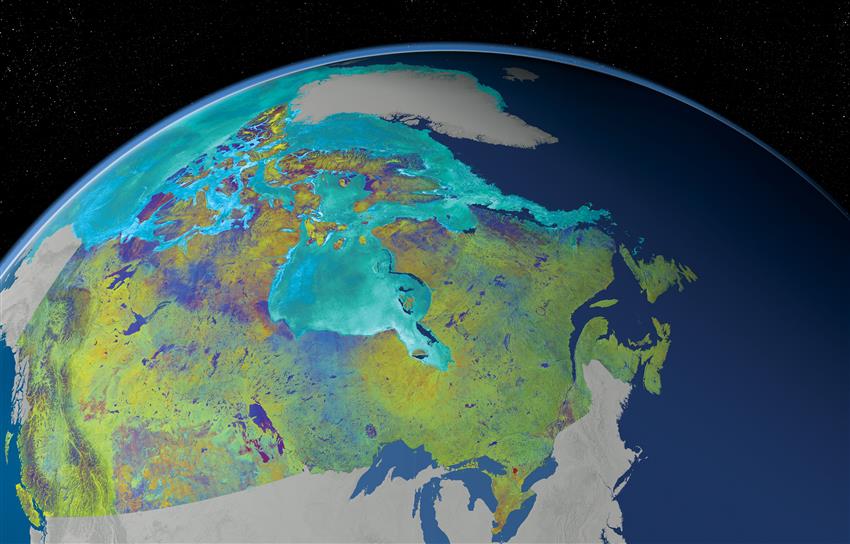Canadian Space Agency signs Memorandum of Understanding with Virgin Galactic, world leader in suborbital commercial spaceflight

Sunrise as seen from space.
The Canadian Space Agency (CSA) signed a Memorandum of Understanding with Virgin Galactic , heralding the beginning of a collaborative relationship between the two organizations.
The purpose of this collaboration is to explore the possibilities of using the Virgin Galactic Spaceflight System (VSS), which offers suborbital microgravity flights, for future CSA payloads and spaceflight participants. It also aims to facilitate the exchange of information on collaboration opportunities between Virgin Galactic, the CSA, and the Canadian space industry and academia.
Virgin Galactic and the CSA will begin by discussing the capabilities of the VSS and related Virgin Galactic services. The two organizations will also look at creating opportunities to consult with Canadian industry and potential users of the VSS.
This agreement will support the CSA's objective to be Canada's leader in capability demonstration by providing the space industry, universities and other government departments with access to platforms, demonstration opportunities and unique expertise.





